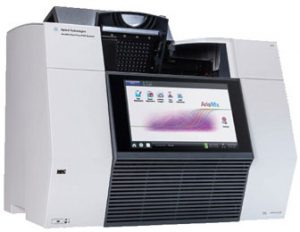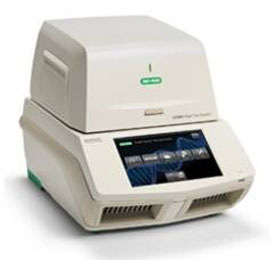Fluorescent quantitative PCR technology
Real-time fluorescent quantitative PCR is a technique that monitors nucleic acid amplification in PCR reaction process in real-time. Typically fluorescent markers are added to the PCR reaction mixture, allowing quantitative analysis of the initial template through the change in fluorescent signals.
Fluorescent quantitative PCR may generally be divided into Taqman probe method and fluorescent dye method according to different fluorescent markers. In Taqman probe method, hydrolysis probes consisting of a fluorophore attached to the 5’-end are added to the PCR reaction, and the exonuclease activity of the DNA polymerase degrades the hydrolysis probe in PCR extending process to release the fluorophore, monitoring PCR amplification through detection of fluorescent signal intensity. In fluorescent dye method, however, fluorescent dyes such as SYBR Green I, etc. are added; when fluorescent dyes bind to double stranded DNA, very strong fluorescent signals can be detected and the fluorescence intensity is proportional to the amount of double stranded DNA; therefore, by detecting the fluorescence intensity, PCR amplification is monitored.
When compared with conventional PCR, the major feature of real-time quantitative PCR lies in the addition of fluorescent dyes or Taqman probes, enabling precise and quantitative analysis of the initial template; at the same time, it has more advantages in sensitivity, specificity and accuracy over conventional PCR; besides, amplification and detection are concurrently completed in real-time PCR, which greatly reduces the possibility of cross contamination and improves automaticity; in the case of adding fluorescent dyes, melting curve analysis can be performed on PCR products.
To date, GenomePrecision has introduced a wide range of fluorescent quantitative PCR systems from ThermoFisher, Roche, Agilent, Rio-Rad, IT-IS, etc. Based on these systems, we are currently performing researches on clinical molecular diagnostics reagents such as pathogenic microbial gene detection, pharmacogenomics SNP detection, oncogene detection, gene methylation detection, etc., and we will keep extending the scope of application to scientific research services, etc.
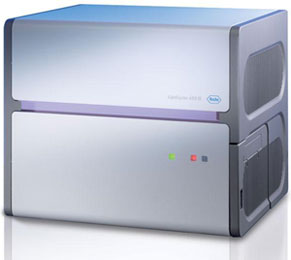
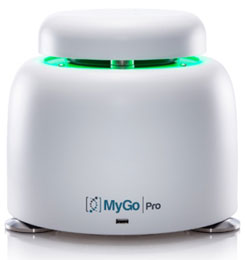
Roche LightCycler 480 MyGo Pro
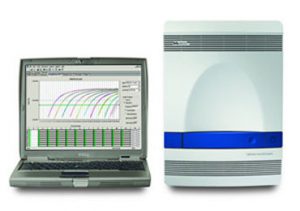
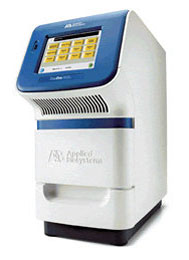
ABI 7500 ABI StepOne
